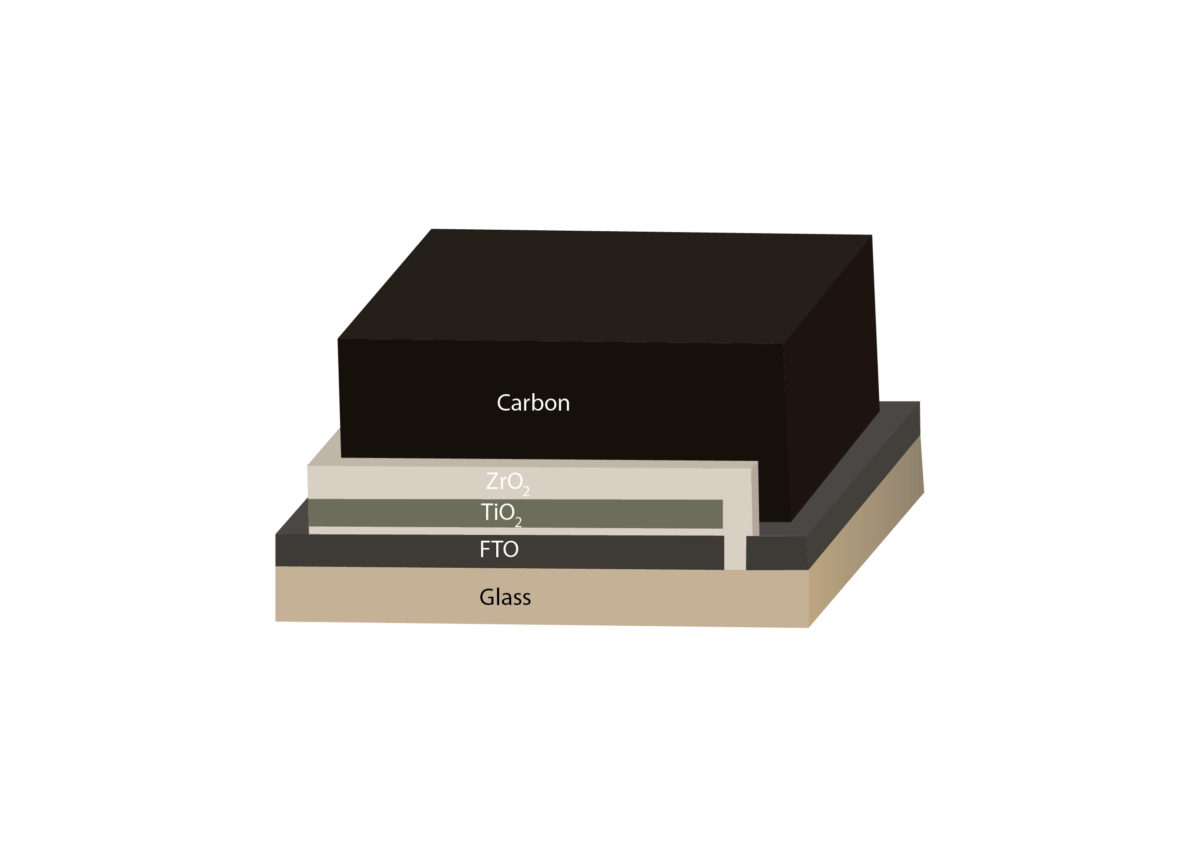A research group at North Korea's Kim Chaek University of Technology has made the first attempt to design a perovskite solar cell with an absorber treated with ionic liquids (ILs) to passivate defects in the perovskite film.
“ILs are liquids at ambient temperature due to low melting point and have high conductivity because they are ionic compounds,” the scientists said. “They are widely used as ‘green' solvents by their excellent properties such as low volatility and flammability and high thermal stability.”
In the study “Improving stability and efficiency of perovskite solar cells by 1-ethyl-3-methyl imidazolium tetracyanoborate ionic liquid,” published in the Journal of Saudi Chemical Society,” the researchers explained that, when applied to perovskite PV devices, ILs can increase the grain size of the perovskite film by delaying crystal growth while they form hydrogen bonds. In particular, the nitrogen atoms in the ILs can provide electrons to passivate defects in the perovskite material.
The academics used two ILs known as 1-butyl-3-mehtyl imidazolium tetrafluoroborate (BMIMBF4) and 1-ethyl-3-methyl imidazolium tetrafluoroborate (EIMIBF4). The latter was distributed in the bulk film and also accumulated at the film surface, while the former was deposited on the perovskite film's grain boundaries.
The scientists built the cell with a substrate made of glass and fluorine-doped tin oxide (FTO), an electron transport layer (ETL) based on titanium dioxide (TiO2), a zirconium dioxide (ZrO2) interlayer, the perovskite absorber, and a carbon electrode. They also tested different concentrations of ILs.
Popular content
Tested under standard illumination conditions, the solar cell achieved a power conversion efficiency of 13.8%, an open-circuit voltage of 0.95 V, a short-circuit current density of 21.84 mA/cm2, and a fill factor of 66.8%. The device was also able to retain 80 % of the initial efficiency under full-spectrum sunlight at 60–65 C in air with relative humidity ranging from 40 to 50 % after 240 h.
The group explained that the cell achieved a relatively high efficiency due to an increase in cell open-circuit voltage and fill factor, which they attributed to the decrease of recombination losses and the increase in the size of the perovskite crystals. “Also, the increase in the short-circuit current is due to the increase in light absorption as a result of the dense perovskite film due to the increase in crystal size,” it emphasized.
This content is protected by copyright and may not be reused. If you want to cooperate with us and would like to reuse some of our content, please contact: editors@pv-magazine.com.



By submitting this form you agree to pv magazine using your data for the purposes of publishing your comment.
Your personal data will only be disclosed or otherwise transmitted to third parties for the purposes of spam filtering or if this is necessary for technical maintenance of the website. Any other transfer to third parties will not take place unless this is justified on the basis of applicable data protection regulations or if pv magazine is legally obliged to do so.
You may revoke this consent at any time with effect for the future, in which case your personal data will be deleted immediately. Otherwise, your data will be deleted if pv magazine has processed your request or the purpose of data storage is fulfilled.
Further information on data privacy can be found in our Data Protection Policy.